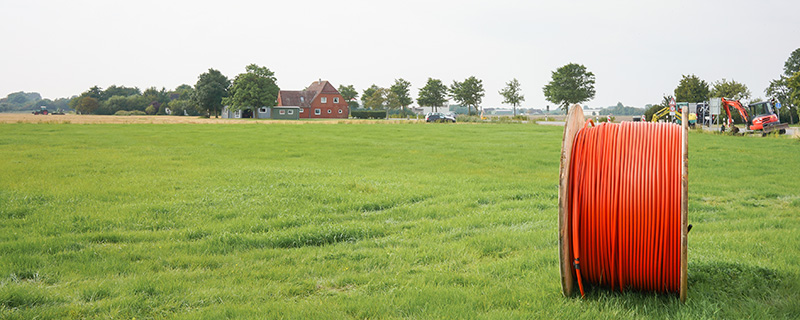In November 2021, Congress passed the Infrastructure Investment and Jobs Act, a sweeping $1.2 trillion-dollar bill that includes a significant investment in broadband. A quick bipartisan infrastructure bill analysis shows $42.5 billion going to states to finance internet access, $14.2 billion to provide discounts on internet service and the purchase of a connected device through the Affordable Connectivity Program (ACP), and a further $2.75 billion to tackle the digital divide through initiatives such as Wi-Fi hotspots and digital literacy programs for seniors.
Passage of the bill was a significant achievement, but there is still another hurdle to overcome: implementation. After allotting such a significant chunk of money to this effort, how do we ensure the funds are used effectively? We have ideas.
1) Fund unserved areas before underserved ones.
When choosing projects to fund, we should prioritize unserved areas—those that lack broadband service entirely—before focusing on underserved areas, where broadband exists but is insufficient. In short, there is no need to build second or third networks when some communities don’t yet have a first one. To ensure that this happens, states should award projects as intended by the infrastructure bill.
2) Protect against fraud, waste, and abuse.
As states begin to award broadband infrastructure projects, guardrails must be put into place that enforce a competitive and fair bidding process for all interested contractors. When it comes to getting the nation 100% connected, every dollar counts and awarding contracts that are in the public interest is the best and most responsible path forward.
3) Collaborate with broadband providers.
Our broadband providers have built the networks America relies on, investing some $300 billion in infrastructure and networks over the last 20 years. Instead of attempting to reinvent the wheel, new projects should seek to collaborate and lean on the expertise of those providers that best understand the territory, geography, and client base. Once the infrastructure is in place, that collaboration can continue through low-cost and discount programs to ensure that newly served populations can fully utilize the new broadband offering.
A deeper dive into the bipartisan infrastructure bill reveals much reason for optimism. The bill represents a long-awaited opportunity to close the digital divide and bring America much closer to the goal of 100% connectivity. But for that to happen, the funds earmarked in the law must be allocated properly, with safeguards and transparency, to prioritize unserved areas. America is making progress on closing the digital divide and lending your voice will help get the job done. Learn more, and get involved, at https://www.explorebeyond.org/broadband-infrastructure/
